You're leaving for Beijing soon? Don't miss visiting the Chinese wall: we explain how to do it!
If you leave for Beijing , you must not miss visiting the Great Wall of China. Gigantic stone cord of Chinese military fortifications erected between the 3rd century BC and the 17th century of our era, the Great Wall of China is one of the largest ancient vestiges of the world. It is also the architectural structure the most important that man has ever built . Finally, it would be the largest cemetery in the world, where 10 million workers and peasants enlisted for the construction would have left their lives there. Long over 6,000 kilometers in total, the Great Wall was built from the Qin Dynasty to protect the northern border of China, and spreads from the city of Qinhuangdao, in the China Sea in Jiayuguan, in the Gobi Desert. Long 6 times the distance between Lille from Marseilles, as much as D. Trump, planning to wall his border with Mexico, will not compete with the Qin of Antiquity! This is the eastern part of the wall that you will visit from Beijing (Pekin).
Inscribed to UNESCO’s World Heritage in 1987, you will be able to visit the Wall of China by having at heart several designs: look for a grandiose panorama, a tourist walk, a wild hike outside the beaten paths... To find a pleasant weather, we recommend leaving in this part of China in the months of May to June. To help you choose the entry point on fortification (which section or section to visit), we have concocted this small guide to visit the Wall of China from Beijing.
Jiankou
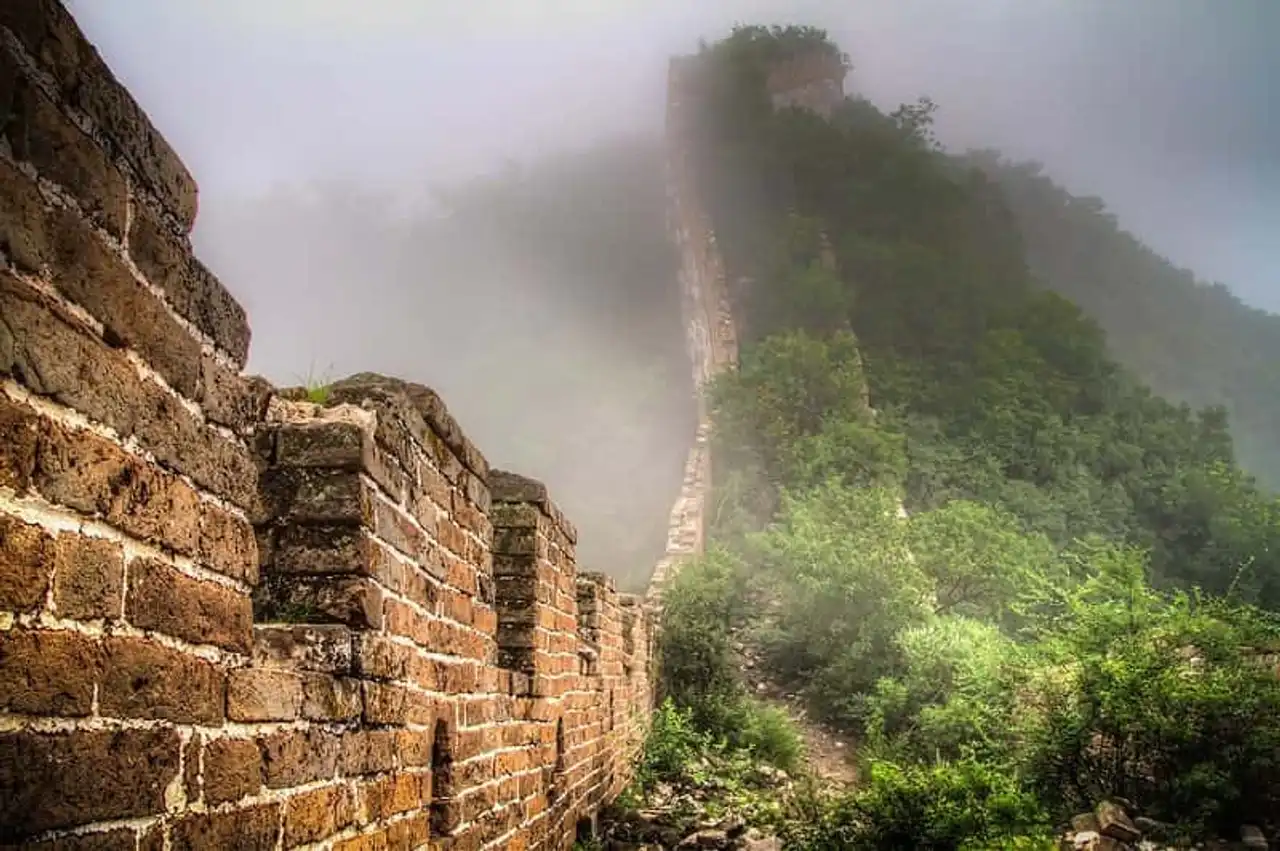
Photo credit: Flickr – La Priz
If you are looking for hikes on steep ridges with dizzy stairs, on the tops of the mountains, you are in the right place, 80 kilometers north of Beijing. Very little crowded, it is a wild site of the Great Wall of China, left to abandon for centuries. Built based on dolomite and brick, it gives a bleaching aspect different from other sections. A paradise for photo safaris, but it is necessary to be in good physical condition to go through it because some places prove to be more climbing than hiking.
Gubeikou
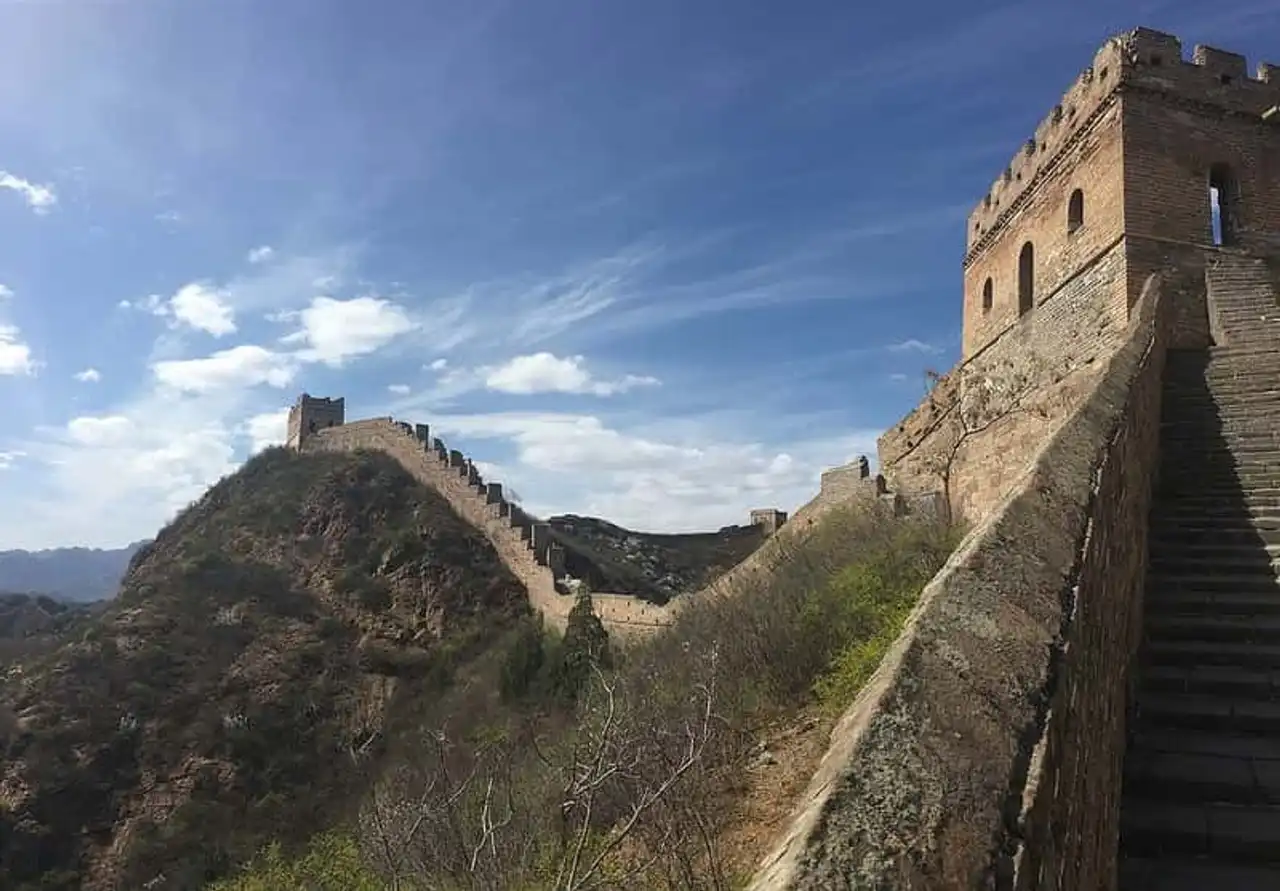
Photo credit: Flickr – Kyle Taylor
To be truly cut off from the world, it is in Gubeikou that you have to go to visit the Wall of China. Located 130 kilometers northeast of Beijing, the section is unrenovated and is very steep. It is therefore difficult to access. Gubeikou was, under the Ming dynasty (1368-1644), a high strategic defence place to fight Mongol invasions. The section is 40 kilometers in length, peaks at 665 meters above sea level, and offers 300 meters of elevation! We recommend it to experienced hikers, because the portion is not maintained.
Simatai and Jinshanling
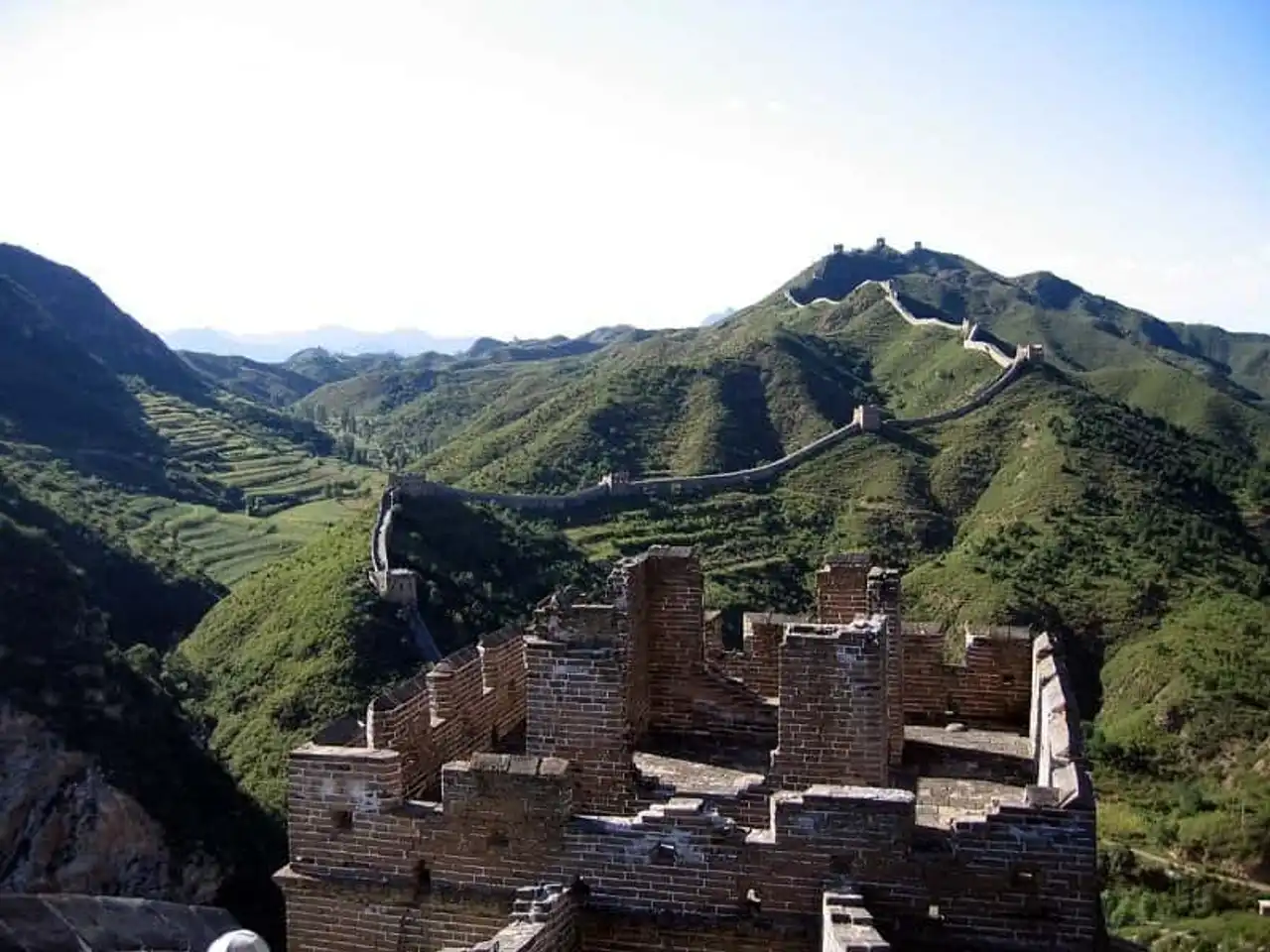
Photo credit: Flickr – Glenn Strong
Village perched in the northeast of Beijing, Simatai has the double advantage of being connected to the Great Wall, without being too crowded by tourists. With its connection to the Jinshanling section, you can make a ten-kilometre hike on the wall, from one section to another. So, by imagining to leave at the assault of the ramparts like a barbarian of the Middle Ages, your photos will not be spoiled by the presence of hundreds of tourists to erase on a retouching software... This part of the Great Wall is built on the ridge of the mountains, and some of the deliveries – albeit aroused by stairs – can be steep to explore. On the other hand, these are the least renovated portions of the Great Wall, some of which have never been restored since their initial construction. It will take 43 laps of watch, for 4 to 5 hours.
Badaling
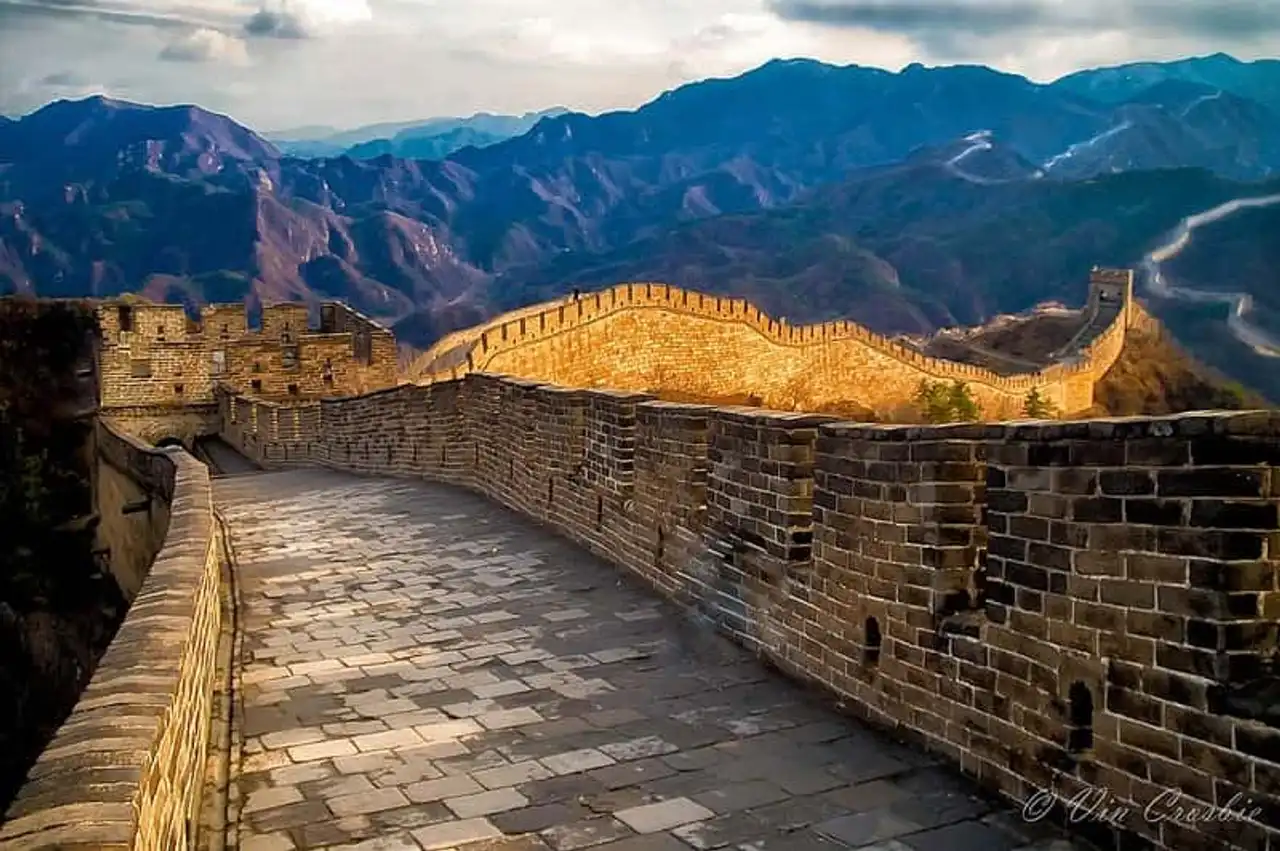
Photo credit: Flickr – Vin Crosbie
Located 70 kilometres from Beijing, this entry point on the Great Wall is the most touristic area in the building. Foreign tourists and visitors to the Chinese flock by millions all year round: every day, this section suffers 55,000 visitors! The site has been refurbished and designed to receive the public, which means that in addition to its proximity to Beijing, it undergoes mass tourism at all ages. Choose another place to visit the Great Wall of China if you hike along a human highway, because the site is not very noisy and "tapped". Even at the watch towers, sellers will offer you drinks, postcards, T-shirts... This section is easy to access, easy to survey, there are even access for people with reduced mobility.
Juyongguan
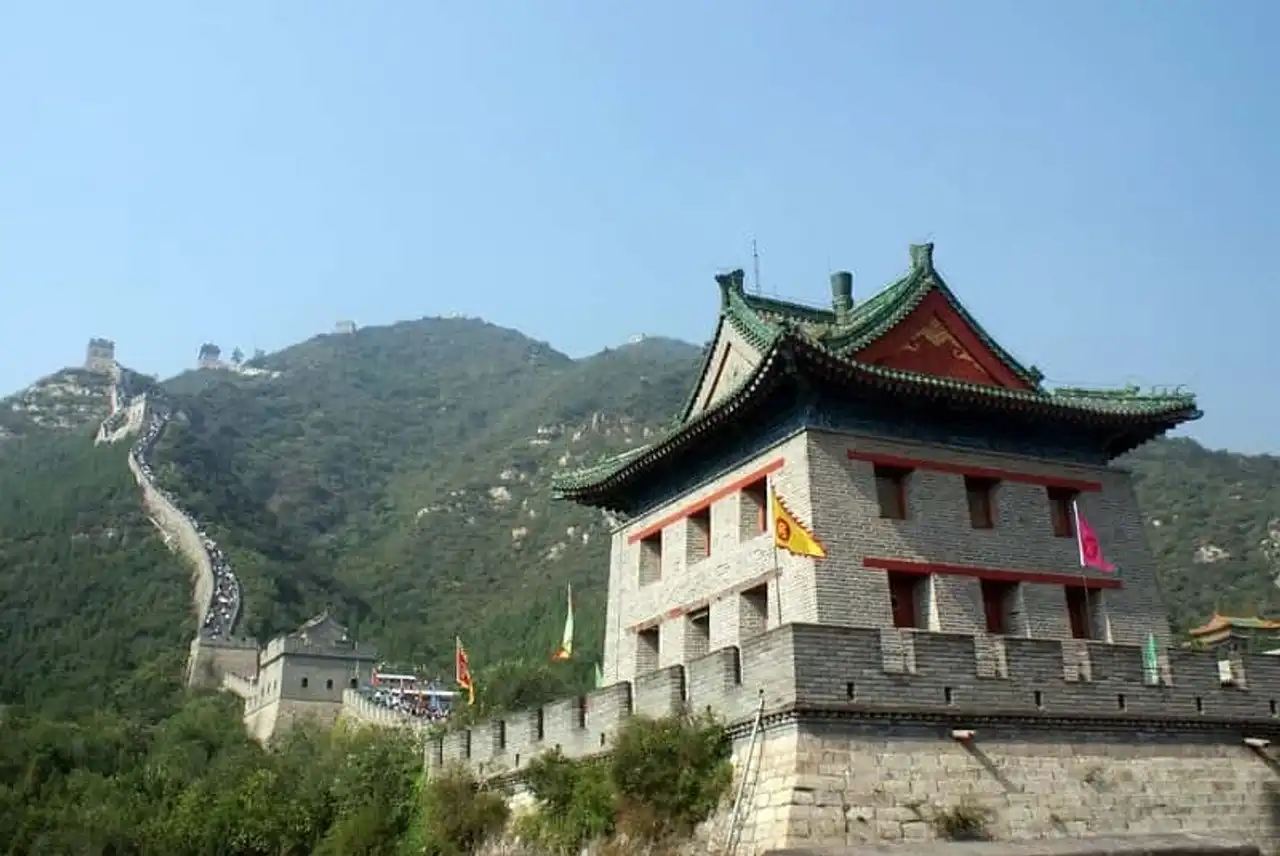
Photo credit: Flickr – Sanjay P. K.
Closer to Beijing than Badaling, yet less frequented, the Juyongguan portion is located in a 20-kilometre long valley and is listed on the UNESCO World Heritage List. Mountains buried the wall from all sides, which gives a majestic aspect to the site. One can imagine the difficulty of sitting the place for the enemy. If you want to avoid the crowd without getting too far from Beijing, Juyongguan is perfect for you. The walk lasts about two hours, to enjoy the fortresses.
Mutianyu
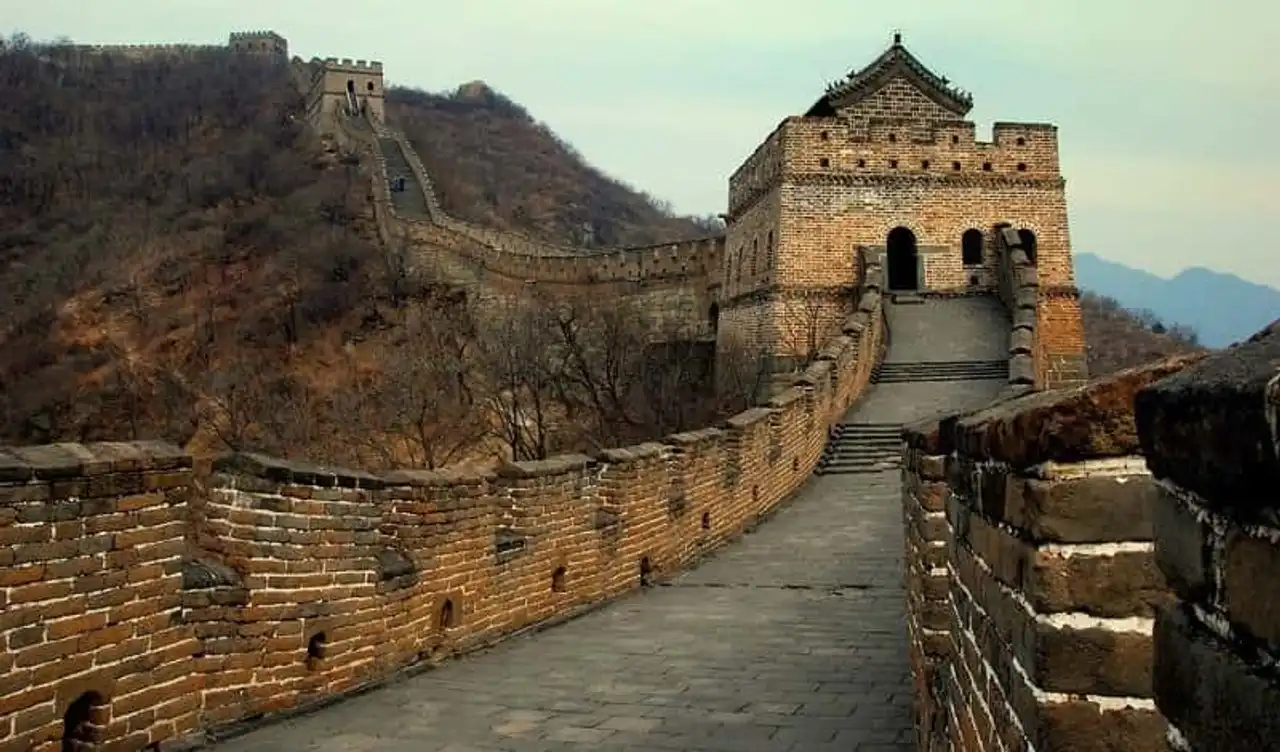
Photo credit: Flickr – Michael McDonough
Mutianyu is only 70 kilometres northwest of Beijing, and is connected to the Jinshanling section. It was once used as a defence barrier in the north and as an imperial cemetery. Older than the section of Badaling, Mutianyu dates from the 6th century and are state of conservation is incredible. Its particularity is that with 22 miradors for 2.25 kilometers in length, there is a mirador every 100 meters. Less tourist and more authentic, this part of the wall is accessible, without being assaulted by the hordes of tourists. Choose it to visit the Great Wall of China in all peace and make a hike in the middle of nature.
Huang Hua Cheng
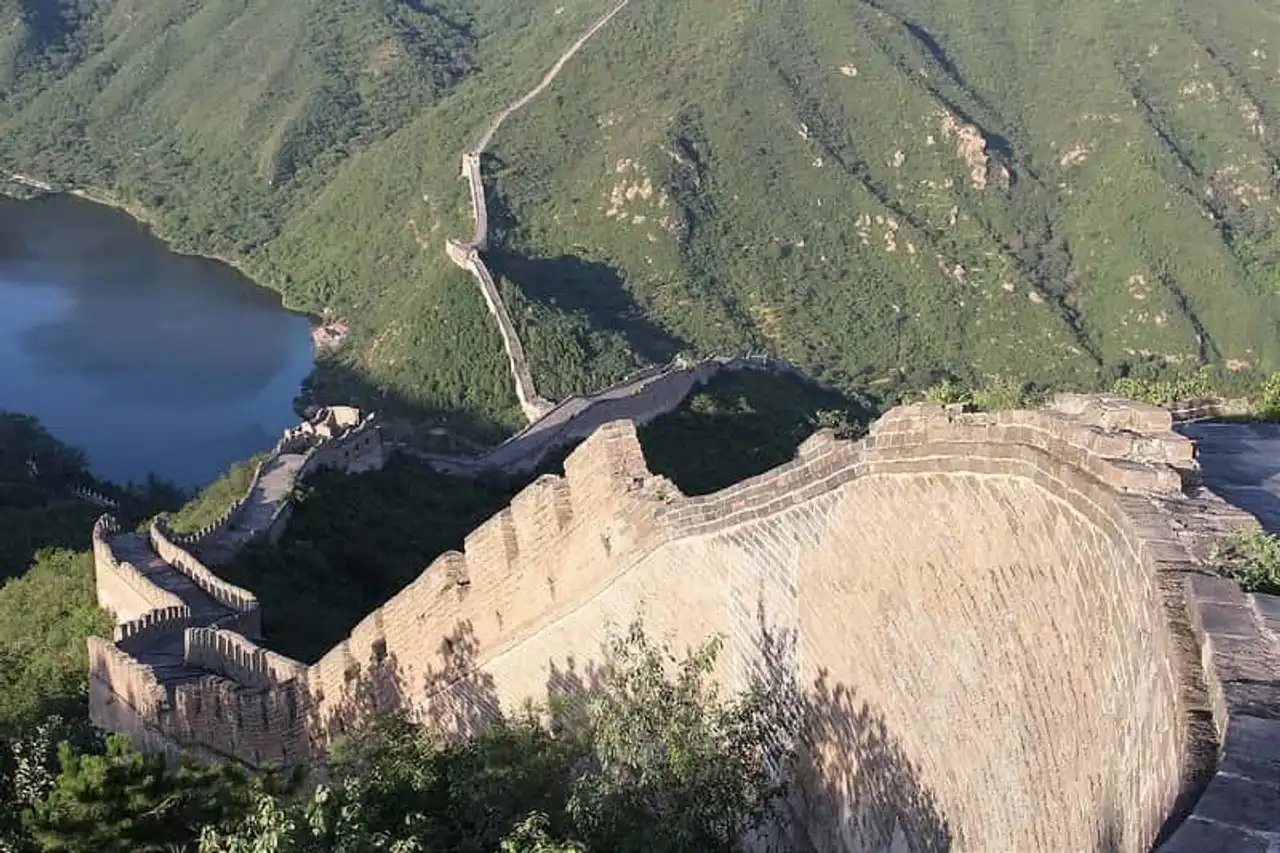
Photo credit: Flickr – Yohan Creemers
From the excursion organized to the autonomous hike, from the most tourist to the most natural one, from the remote section of Beijing to the nearest capital of China, there is a lot of choice to visit the wall of China. The Huang Hua Cheng section is located in the north of Beijing and is not frequented by tourists, as it has whole pans that have not been restored. It leaves the possibility to make about ten kilometers of hiking in the middle of nature, between lush vegetation, mountains and its lake. The best season to get there is in spring or fall, as temperatures can descend to -20° in winter, and climb up to 40°C in the middle of summer, without shadow. Downhill, Huang Hua Cheng Lake can also offer beautiful walks.
Practical questions to visit the Great Wall of China
When to visit the Wall of China? Spring (April-May) and autumn (September–November) are the best times to visit the Great Wall (round Beijing). You will avoid the incommodating heat, the influx of tourists in summer and the glacial conditions of winter.
What is the price to visit the Wall of China? Excursions from Beijing have rates ranging from about 30 to 100€. The price depends on the section visited, as well as the benefits included. But all excursions or almost include the A/R transport from your hotel in Beijing, the entrance tickets to the Wall of China, the guide in English, as well as lunch.
How long does it take to visit the Wall of China? We have to plan the day from Beijing. Do not plan any other trip or visit when you go to the Great Wall.
Can we visit the Wall of China without a guide? Absolutely, you can go to the Wall of China by your own means and pay access to the selected section. You will not have the comments of your guide, but you will have the freedom to stay on site longer to enjoy. Note that you can stay on site as at Badaling , Simatai , Huanghuacheng or Mutianyu .
Can we visit the Wall of China without a visa?
Since 2013 and in case of transit in one of the country's major cities, it is possible to visit Beijing without a visa. Incorporating 45 countries, most of which Europe, this new short stay measure allows travellers to enjoy a stopover without having to pay for the formalities of a visa. Thus, and for 72 hours, foreign nationals can explore the city but also its historical monuments and sites before flying again in correspondence to a third country.
The Wall of China belonging to Beijing, you can visit it even if you do not have a visa. Attention, however, with a maximum of 72 hours and taking into account the time spent in transport/displacements, stopovers of less than 8 hours are not recommended for visits.
Main photo credit: Flickr – David Almeida
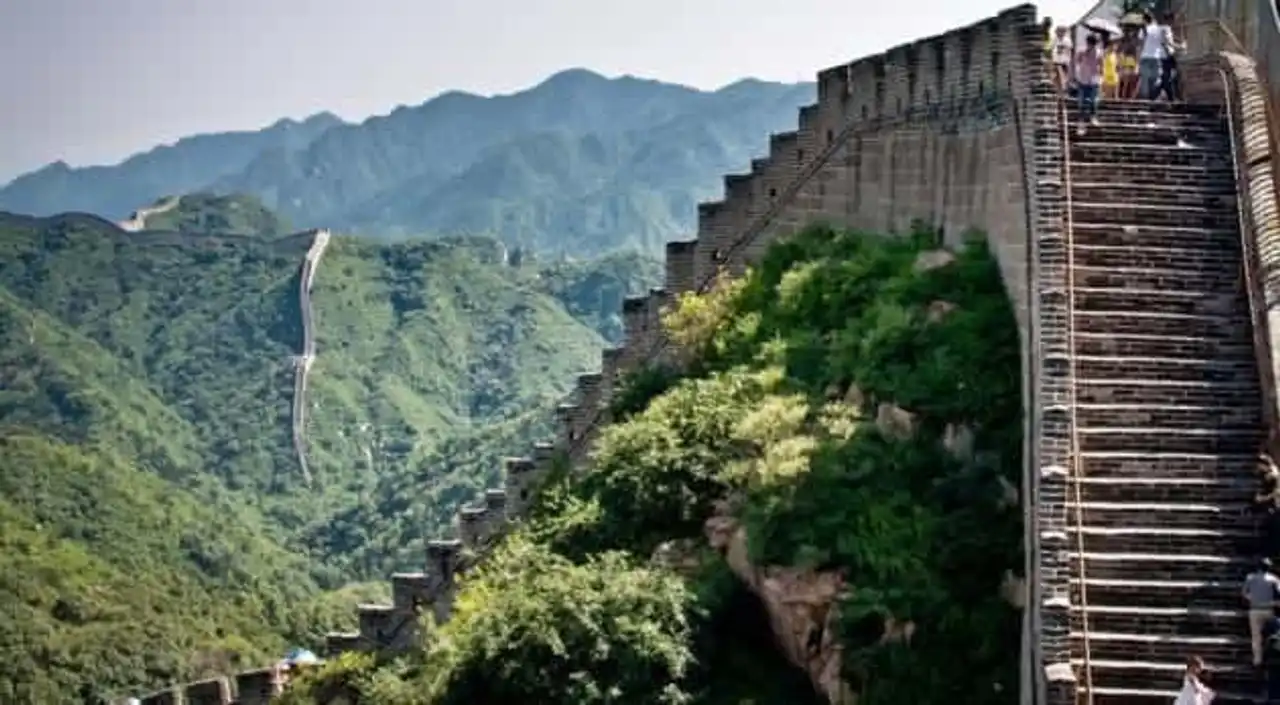




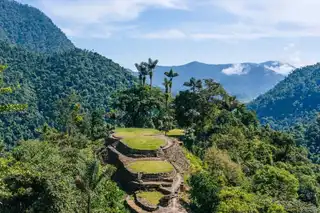

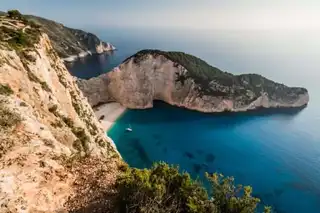
Loading comments ...